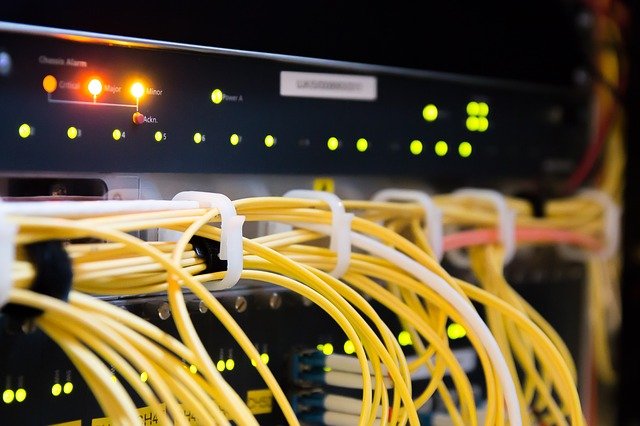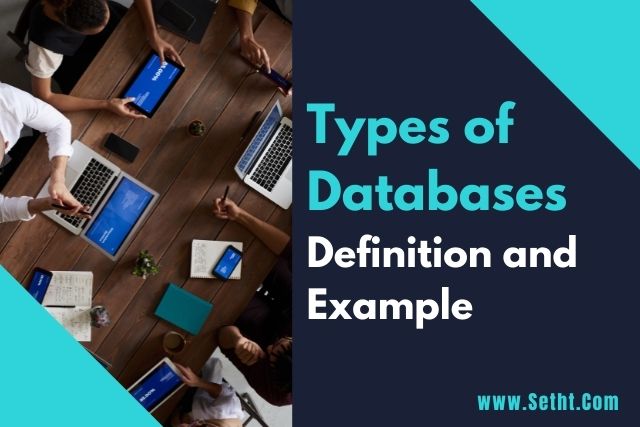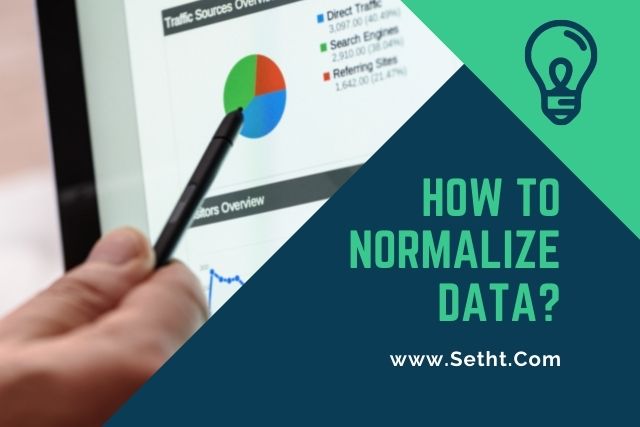Table of Contents
When the data is present in collection format and cache in an arranged form is known as a database. For efficient system working, productive memory is required. It consists of recent and current records of significant structure. It is a concept that is implemented in the organization or business.
They also need to have the collaborative attempt of all employees. In this way, many companies, small and big organizations such as universities, schools, and health centers. This data is stored in various types of databases format.
These various database formats consist of different structures. The structures are suitable for the requirements of the company. In this article, you will know the overview of types of data management systems. We will explain databases, their uses in business, and mostly found database structure.
What is Data?
Shortly, the data is the fact of anything. Suppose the name of the person, age, weight, and height can be the data of someone. Not only this, any image, file, PDF, or picture is also known as the data. Meanwhile, a person who collects, analyzes, and interprets data is called a data scientist.
What is Database?
Systematic data collection is known as a database. Database manipulates data and also supports electronic memory. Additionally, it makes the process of data management more convenient and straightforward. There are some examples of the database.
An online telephone directory stores the data relating to persons, their contact details, and emails. They use the method of the database for data storing. In this way, electricity providers operate databases. They manage billing, user issues, and the holding of critical data.
You can also suppose Facebook. This social media platform is required to hold, employ, and display Facebook members’ data. It also deals with messages, friends, activities, updates, stories, ads, and many more.
Types of Databases
Here I will list types of databases that you will know gradually. There are various known types of databases systems which include:
Distributed Databases
As the name explains, the distributed database is a kind that involves a common database. It also includes the detail collected by the computers of the community. Besides this, the data of this database is shared with the different organizations.
Relational Databases
The relational databases are one of the associations which consist of tabular format. The name also describes this type of Relational Database Management System. It is an exceptionally known kind of Database Management System. An example includes Microsoft SQL Server, Oracle, and MySQL database.
Object-oriented Databases
It is a type of database that assists the memory of all sorts of data. All the data is stored in object format. There is a method and attributes in an object-oriented database explaining what can be done with store data. An example of Object-oriented databases includes PostgreSQL.
Centralized Database
It involves a central location. So, the users who belong to various backgrounds can acquire the statistics in a Centralized Database. It also uses an application methodology store helping the person to achieve the data from a different area.
Open-source Databases
An open-source database is for operational data storing. This type of database is applicable in various fields. You can apply them in customer service, marketing, and employee connections.
Cloud Databases
It is another type of database that is based on the virtualized environment. Cloud databases consist of many benefits. Among all, a few of them include capacity for bandwidth and storage. Additionally, it provides demanding scalability with elevated accessibility.
Data Warehouses
It is one of the information systems which eases the decision-making ability and forecasting for the organization. It consists of unsettled and historical data extract from one source or may also include many references. Besides this, it clarifies the description of the analysis and reporting process of any company.
NoSQL Databases
This type of database is for the distribution of data which consists of big sets. It has some significant issues related to data performance. But fortunately, these problems are well-organized while analyzing extensive statistics.
Graph Databases
The graph database – as the name explains the terms. It uses the theory of graphs for storing the data, maps it, and for interrogation purposes. It is known as a computer database and is used to scan interrelationships. Its simple example includes taking the graph database and extracting data from the social media platform.
OLTP Databases
This type of database is used to carry out a furious interrogation process. It also helps in managing data integrity in many situations.
Personal Database
It brings off store data, and the individual computers will store this data. It is shorter and convenient to manage. The data extracted from the personal database operates by a single department of that organization. After this, some people can get easy access.
Multimodal Database
Among the types of database systems, it is one of the data processing platforms and holds many data models. It is also able to explain how to order certain information and knowledge in a database.
Document/JSON Database
The next type of database is JSON; all the data is saved in the document collection in this database. The format of all the data is JSON, XML, BSON. You can easily save data in one record according to your needs.
Hierarchical
In the Hierarchical database type, you can store data in the form of parent-child connections. If we talk about the structure of this database type, then it is the same as the tree that contains nodes and branches. The nodes show the records, and the branches indicate the fields.

Database Components
The database contains the five critical components, and all features include:
Hardware
It is the physical electronics device same as the storage devices, computers, and also like I/O devices. The hardware provides you the interface between the systems and the computers.
Software
The software is the collection of programs that you can use to control and manage the whole database. However, the software component contains the OS and applications that allow you to access the data. It also includes network software, with the help of which you can easily divide the data.
Data
The sensitive and the disordered facts are called the data, and to make these facts mean you have to combine these facts. However, the data contains numbers, different observations, symbols, pictures, and many other things.
Procedure
The combination of rules and different instructions are called procedures. And with the help of this, users can easily use the database management system. The procedure is to design and run the whole database with the help of documentation. It offers you to lead the users who are operating and managing the database.
Database Access Language
The main work of the database access language is to provide you complete access to the data. You will access the existing data, update data, database, from new data, or the DBMS. The user has the opportunity to write the different commands and put them forward to the database.
What is a Database Management System (DBMS)?
The group of the different programs that allow the users to explore the database, manipulate the whole data, report them, and represent the data are called the DBMS (Data Management System).
Other than this, the DBMS allows users to control the database. Basically, it is not the latest concept because the first DBMS was executed in the 1960s.
However, in history, Charles Bachman’s IDS (Integrated Data Store) was the first DBMS. But after some time, the functionality and the usage of the database was increased.
Advantages of DBMS
All the benefits of DBMS include:
- It provides you too many methods to save and recover the data.
- The DBMS acts as the best handler to fulfill the requirements of the different applications with the help of the same data.
- It provides data security and integrity.
- The database management system will apply the integrity constraints to provide high-level security against the wrong data access.
- DBMS is strict about the access of manners like only one user can access the same data at a time.
Disadvantage of DBMS
There are some disadvantages of the DBMS, and these include:
- The price of the software and hardware of the DBMS is high. Because of this, it expands your organization’s budget.
- The training of using the DBMS is compulsory because too many DBMS systems are complex and not easy to use.
- For most companies, the whole data is saved into one database. It might be possible that it will damage the entire data due to the failure of electricity.
- If too many users use similar programs simultaneously, it might be possible that you will lose data.
- The database management system doesn’t execute the advanced calculations.
Conclusion
After reading the whole article, now you know about the types of databases. If you want to know any other thing, then leave a comment. We will love to reply to you.




